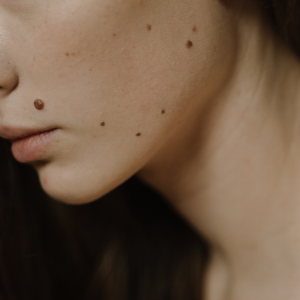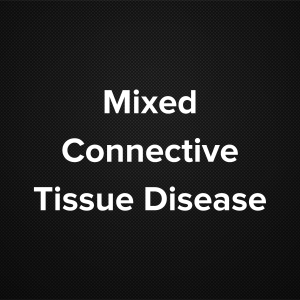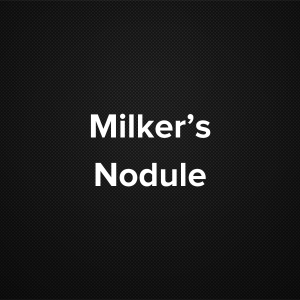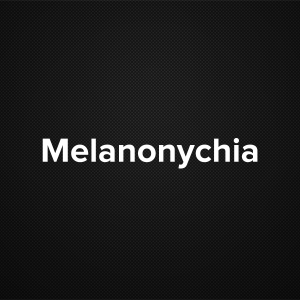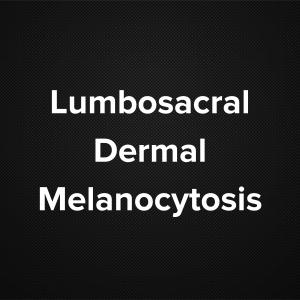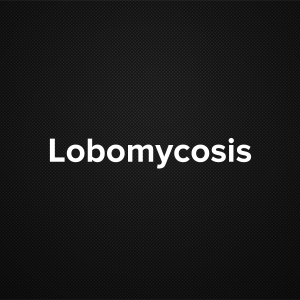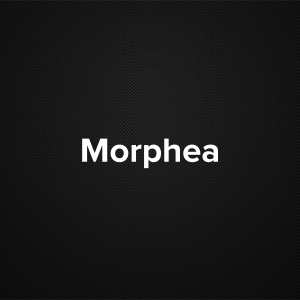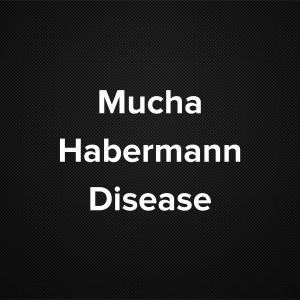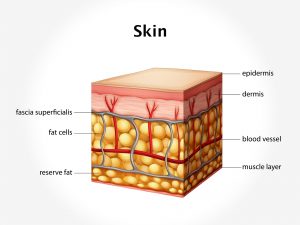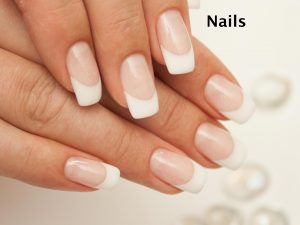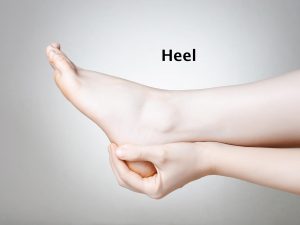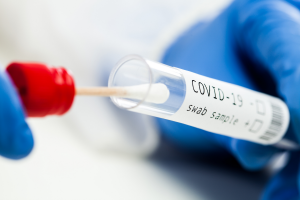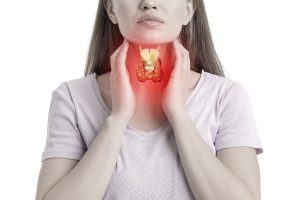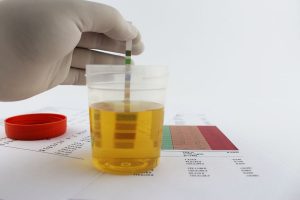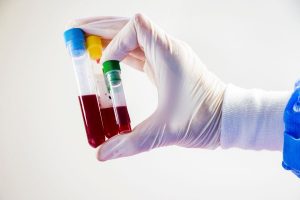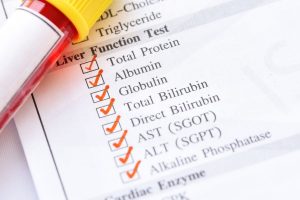Causes and risk factors
Sarcoptes scabiei is the parasite which causes scabies. Its route of entry is the skin where the female mite lays eggs these larvae then get mature and further spread the infection.
Scabies mostly occurs due to close personal contact with the infected person or use of contaminated clothes. Family history of scabies is one of the strong predisposing factors.
Clinical presentation
The common sites affected are finger web, border of hand, feet, wrist, axillae, and areola. Lower abdomen, genitals and buttocks can also be affected. In children scalp and face are mostly involved. Since the incubation period, it takes about 8 weeks for the symptoms to develop. The portal entry for the parasite is the skin. It causes a typical rash on the body which causes itching. The symptoms seen are generalized rash and itching particularly nocturnal itching. It causes burrows which are not visually visible, sometime a papulovesical is visible. In children the presentation might be slightly different as vesicles or vesicopastular eruptions. The itching of genitals in males and nipples in females is one of the important clues about the disease. Scabies does not pose any major life threatening complication besides that the severe and continuous itching which can cause damage to the skin thus making it more prone for other kinds of infection. If proper care is not taken it will promote the spread of infection.
Investigations
Diagnosis can be made on the basis of the symptoms given by the patient along with the localization of the rash. However a simple test can also be performed. Indian ink test is the confirmatory test.
Treatment
Administration of anti scabietic medications are the first line of treatment. Certain lifestyle changes needs to be implemented. Maintenance of personal hygiene as well hygienic condition of the surroundings, wearing clean clothes, avoiding personal or close contact with the infected person are certain measures to be adopted. The infected person’s clothes must be separately washed and proper care must be taken by the affected person so that the infection does not spread to others.
Other modes of treatment:
Certain other modes of treatment can also be helpful in coping up the symptom. Taking into consideration the symptoms in holistic way, homoeopathy can offer a good aid for the relief of the symptoms. The Ayurvedic system of medicine which uses herbs and synthetic derivates can also be beneficial in combating the complaints
Facts and figures:
It affects about 1.5% of the world population and it is one of the most common skin infections

